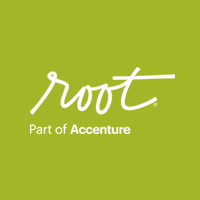A few years back, I got a call from one of the oldest financial institutions asking me to help launch its strategy in a new and different way. When you think about an organization that has survived and thrived for 160 years, you might wonder why anything would need to change. It should have the secret to success to have lasted that long.
The Marketplace Has Changed
What that organization knew, however, is that change isn’t an indictment of past performance. It means that the company didn’t do anything wrong, but the marketplace it operates in had changed, so its response had to change.
And, wow – how the world had changed. The company knew that with the evolving financial services space, consumer behaviors, and industry pressures, its strategy and approach had to change.
Four Innovative Approaches to Engaging All Employees in the Strategy
Research tells us that 70% of change initiatives fail and 90% of strategies are sub-optimized. Over 70% of employees aren’t engaged and over 50% of executives don’t believe their company’s strategy will lead to success. With those headwinds, no wonder this institution wanted to do things differently.
To avoid becoming a part of the statistics, it took an innovative approach to engaging all employees in the strategy. The four activation components were:
1. Visualization
People process visuals 60,000 times faster than written words. By using visualization to ground employees in the strategy, the company provided greater clarity and alignment.
2 Storytelling
Humans are social beings that crave connection. We’ve been telling stories for over 20,000 years to relate to other people. Storytelling produces neurological responses that increase focus, promote connection and empathy, and help us feel more hopeful and optimistic.
3 Data
While visuals and storytelling are powerful techniques, data persuades people to act. Change is both intellectual and emotional. You can’t tell a rich story without the data to support your claims.
4 Interactivity
Finally, interactivity and discussion create group connection and group change. Small groups provide support, guidance, and peer learning. This creates a stronger bond and likelihood to change than if we tried to change individuals on their own.
The Results
By engaging all employees in this discovery-based, interactive experience, this financial institution achieved unprecedented results. When asked, 90% of participants could accurately express the strategy’s outcomes and felt they better understood it. The company went on to pay out the largest shareholder dividend in its 160 years.
What’s stopping you from doing things differently?






